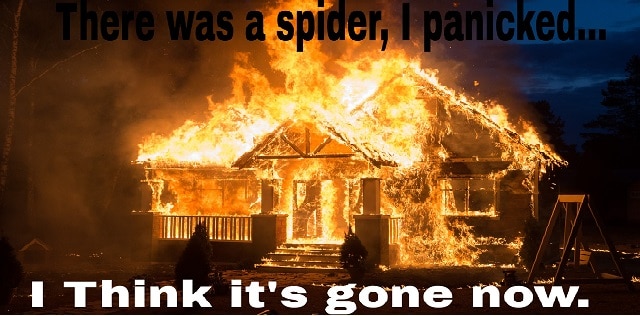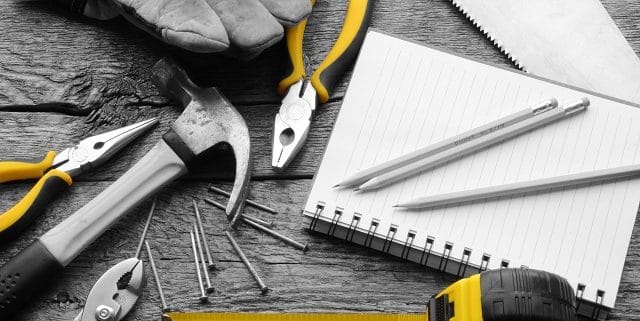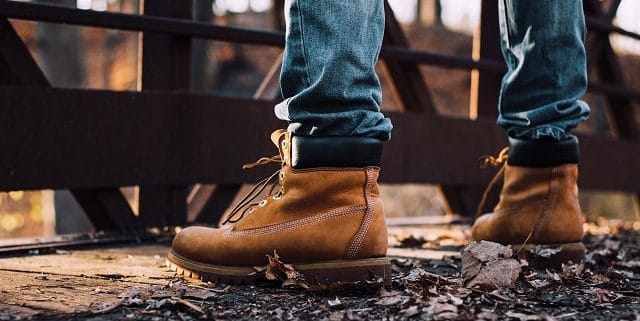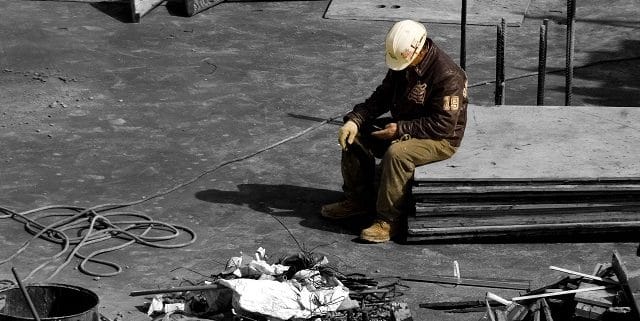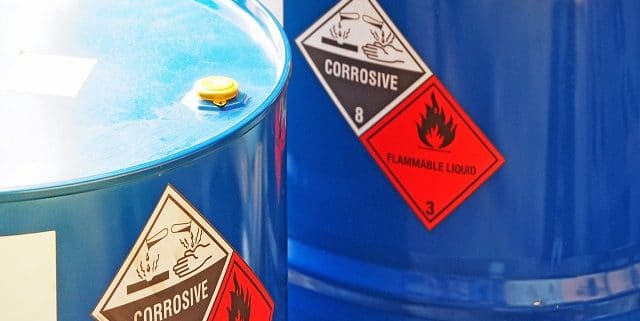Spider Safety
If you’re like me and probably most of the world… You absolutely hate spiders. They have no business with all those extra legs and eyes. Psychologically, I know for the most part they’re harmless but emotionally..they must all die! Other than the heebie-jeebies and the heart attack we have when we see them, here in Canada we don’t have too much to worry about when it comes to these despicable creatures. Here’s some information on the ones you want to watch out for.
We only have two types that can cause real hazards; which are the black widow and brown recluse. Both of which are not common… Thank goodness. The brown recluse has a violin shaped marking on its back. The colour can vary from brown to a sandy tan colour with the violin marking a darker brown. It only has 3 pairs of eyes instead of 4 (I just threw up) and can get up to a half inch in size. If you get bitten by a brown recluse, you will more than likely see a red swollen bite area. Wash with soap and water right away and put ice on it intermittently for ten minutes. If you know you were bitten by a brown recluse or it’s a child or elderly person, seek medical attention right away. If you’re not certain what bit you, keep a look out for a fever, chills, nausea, sweating or just feeling unwell. I can’t stress how unlikely it is to come in contact with a brown recluse here in Canada. Black widows are very distinct. They are shiny black or dark brown with a red or orange hourglass shape on their undercarriage. (People most commonly think it’s on their back but that’s the males or juveniles, and it’s the females that have the venom we want to avoid). If you know you have been bitten by a black widow, seek treatment immediately. The symptoms are very similar to that of a recluse but also adding, trouble breathing, increased blood pressure, muscle cramps and headaches. Contrary to popular belief, a black widow bite is not life threatening only in very rare circumstances.
So in conclusion if you think you’ve been bitten by either type, seek medical treatment immediately. Also in conclusion, I may never sleep again so I hope this was helpful for you… Seriously all I can think about is these hideous beasts.

